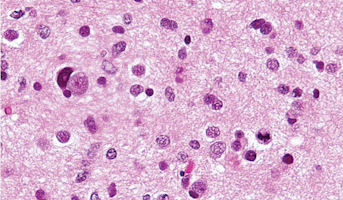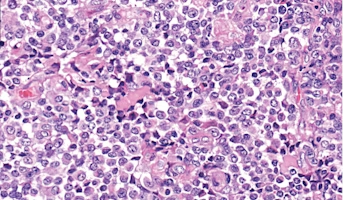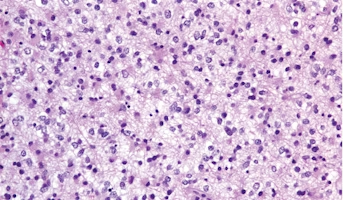J. Lee Nelson
Seattle, WA USA

About
Professor Clinical Research Division
Fred Hutchinson Cancer Research Center
Dr. J. Lee Nelson studies microchimerism, a state in which cells exchanged by mother and child during pregnancy persist in both individuals for many years. Her interdisciplinary research team investigates the health consequences of this phenomenon.
In 1998, Dr. Nelson reported the first study linking an autoimmune disease with the lasting presence of fetal cells in mothers. Because women generally develop autoimmune diseases more often than men, these findings have led to a new avenue of investigation into a range of diseases in which the immune system begins attacking the body’s own tissues.
By learning more about microchimerism, Dr. Nelson hopes to help improve the success of blood stem cell and organ transplantation. Her team also investigates the role of microchimerism in cancer development, infectious diseases such as AIDS and complications of pregnancy.
research
Interests

High-Grade Glioma
High-grade Gliomas (HGG) or astrocytomas in children nearly always result in a dismal prognosis. Although novel therapeutic approaches are currently in development, preclinical testing has been limited, due to a lack of pediatric-specific HGG preclinical models. These models are needed to help test

Atypical Teratoid/Rhabdoid Tumor
Central nervous system (CNS) atypical teratoid/rhabdoid tumor (AT/RT) is a very rare, fast-growing tumor of the brain and spinal cord. It usually occurs in children aged three years and younger, although it can occur in older children and adults. About half of these tumors form in the cerebellum or

Low-Grade Glioma
Low-Grade Gliomas also called astrocytomas are the most common cancer of the central nervous system in children. They represent a heterogeneous group of tumors that can be discovered anywhere within the brain or spinal cord. Although surgical resection may be curative, up to 20% of children still su

Ganglioglioma
Ganglioglioma presents during childhood and into adulthood. It most commonly arises in the cerebral cortex and is associated with seizures, but also presents in other sites, including the spinal cord.[65,74]The unifying theme for the molecular pathogenesis of ganglioglioma is genomic alterations lea

Dysembryoplastic Neuroepithelial Tumor
Septal DNET generally presents with symptoms related to obstructive hydrocephalus.[69,70] Septal DNET has an indolent clinical behavior, with most tumors not requiring treatment other than surgery. In a single-institution series that incorporated other literature-reported cases, the median age at pr